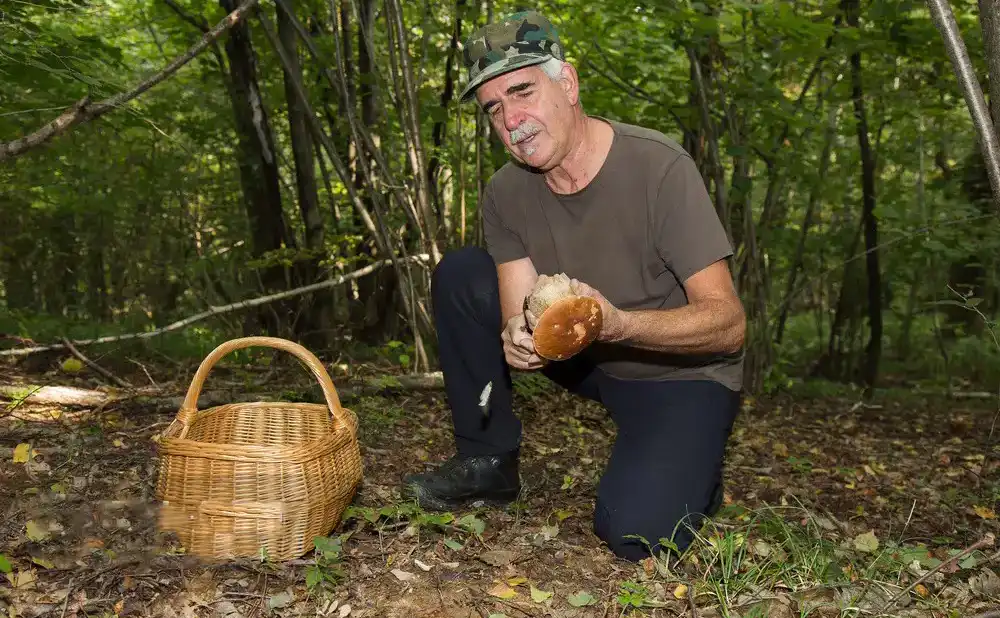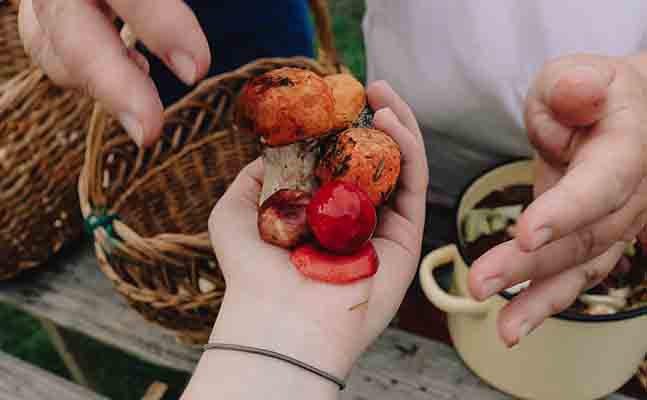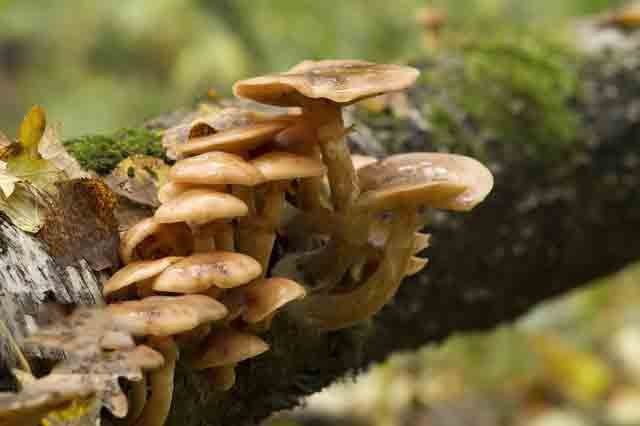5 tips of Mushroom hunting

5 tips of Mushroom hunting
Summer is here and morel season is in full swing. If you've never dared to eat wild mushrooms before, you're missing out on all this deliciousness.
Learn tips of Mushroom hunting before picking mushrooms. It is important to know these tips to keep you safe and help you hunt successfully. Remember - when in doubt, throw it away!

Mushroom Hunting Tips
SAFETY FIRST
Not all mushrooms are edible. There are several species mushrooms that vary in toxicity from giving a mild stomach ache to causing death if ingested. Never eat a mushroom you aren’t sure about.
FIND A GUIDE
A physical book with high resolution photos that you can take with you into the woods for identifying purposes is a huge asset because even though there are some great mushroom identifying apps (I use PictureMushroom), a lot of the information there is user generated and we’re relying on robots to correlate unrelated photographs, so, as usual, don’t believe everything the internet tells you.
Plus, I don’t always get internet service in the woods. A human guide who has a lot of experience in the forests you’re foraging is another great resource. I’ve found it really helps to walk the woods with someone who can help me identify plant species, weather patterns, and knows the local habits of various mushroom species can help me shortcut the learning curve of trying to figure that stuff out on my own phenomenally well.
KNOW YOUR TREES
Often, edible mushrooms will only grow near specific kinds of trees. Chanterelles, for example, grow near beech and oak trees here in TN. Morels love tulip poplar trees, miatake love oak trees. So learning how to identify trees can help you shortcut your mushroom search as well.
LEARN YOUR TERMS
Cap- the top of the mushroom (caps come in tons of different shapes and sizes)
Gills- found on the underside of mushroom caps, some are attached to the stalk of the mushroom, some aren’t, and some travel partway down the stock. (Some varieties don’t even have gills!)
Stay away from gilled mushrooms“The common mushroom sold in the market, which is called the white button mushrooms, portabello…those have gills. They have these knife blades on underneath the cap. Those are edible. [However] the group of those kinds of mushrooms include many that are really poisonous, even deadly,” Lincoff says. “So non-gilled mushrooms are much safer for the beginner. So things like the morel or the chicken mushroom, for example … is just way safer than trying to say, ‘I think I know what this is. I'm pretty sure. I'm going to feed it to my family.’ That would
Stalk- again can be lots of different shapes and sizes, stocks are often used to aid in mushroom identifying. Milk cap mushrooms, for example, have brittle stalks that snap like chalk.
Odor- lots of mushrooms have very specific odors that can help ID them, though be mindful that the odor can change with mushroom age.
Habitat- if you’ve got a head scratcher of a mushroom, take some cues from where you found it to help identify it- which kinds of trees was it growing near? Was it growing out of a piece of wood or in the soil? Etc
Spore Print- this can be a huge aid in identifying your mushrooms, snap off the cap and lay it on a dark surface for 24 hours. This will create a spore print.

Study weather patterns
Each mushroom has a specific climate in which it grows. Chanterelles appear in late spring and early fall, blooming when nighttime temperatures begin to drop below 70 degrees. They stop appearing when the temperature drops below 50 degrees. During a drought, mushrooms are much less likely to be found than after a heavy rain.
Hunting for mushrooms is a really fun way for me to make the most of a mandatory hike with friends, and a great way to unwind after a hard week.
Don't forget a communiction tool
There may be no network when picking mushrooms in the forest. You can carry a walkie talkie to communicate with your friends in time. When you are in danger, you can ask your partner for help in time. A walkie talkie with NOAA function that can predict severe weather in advance and prepare for it before. You can carry retevis RT45P, waterproof walkie talkie with NOAA for outdoor activities.






